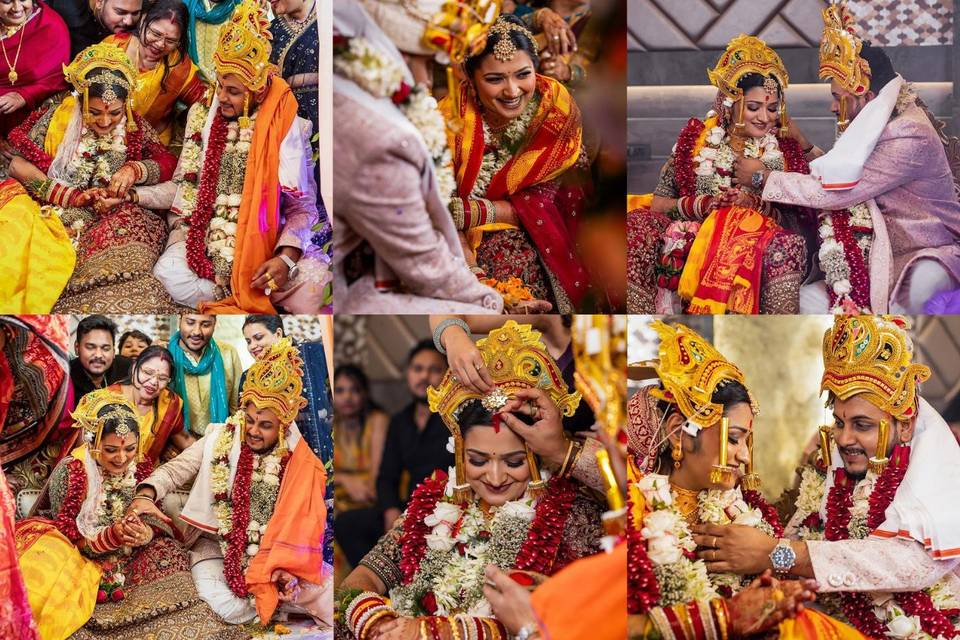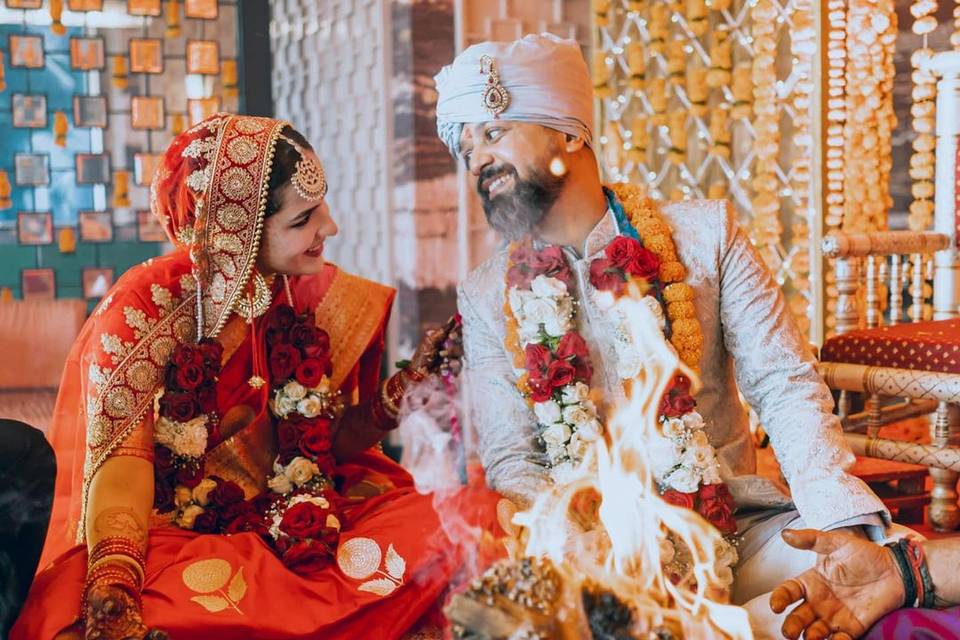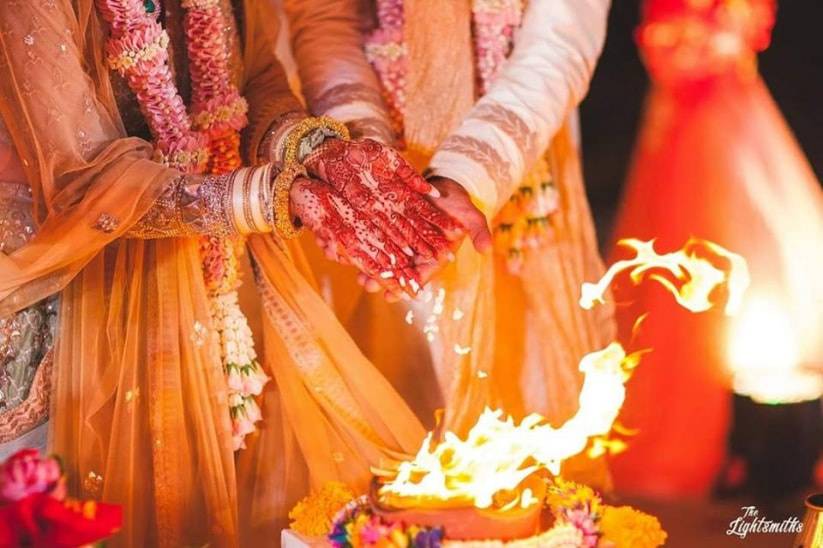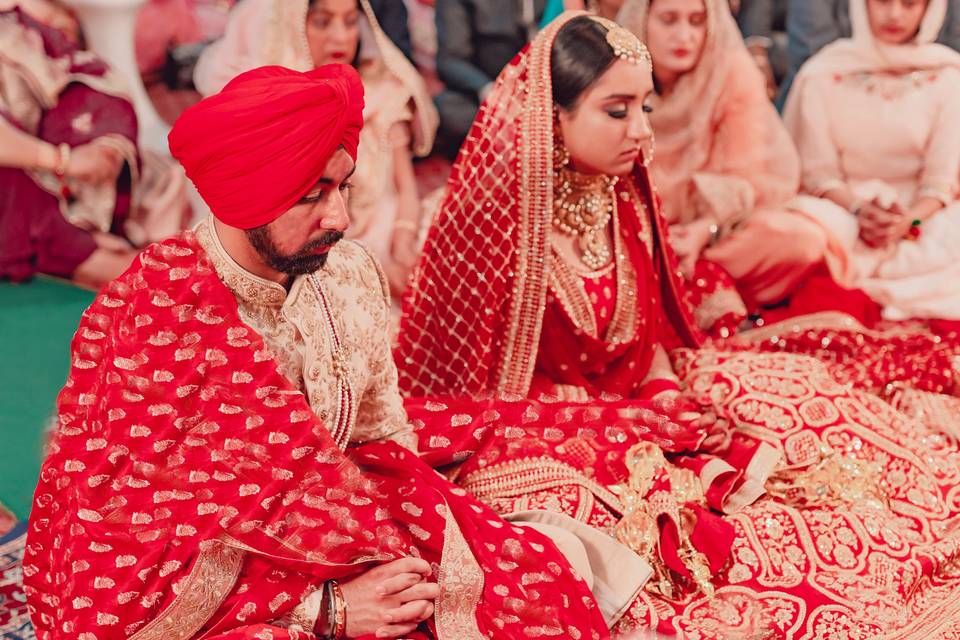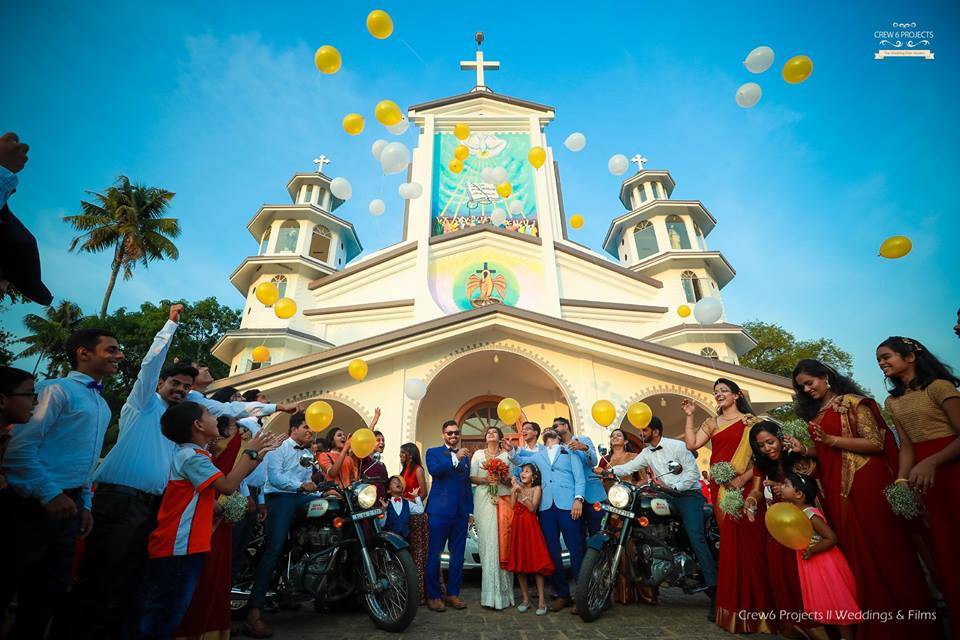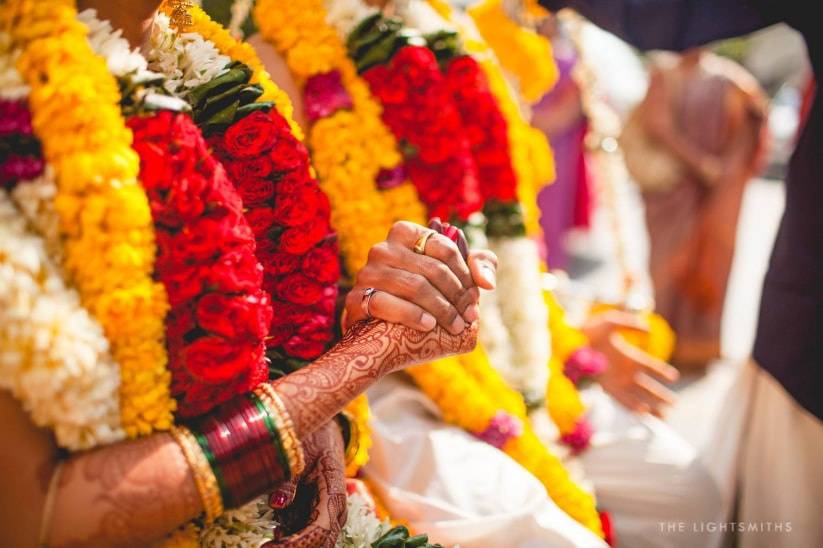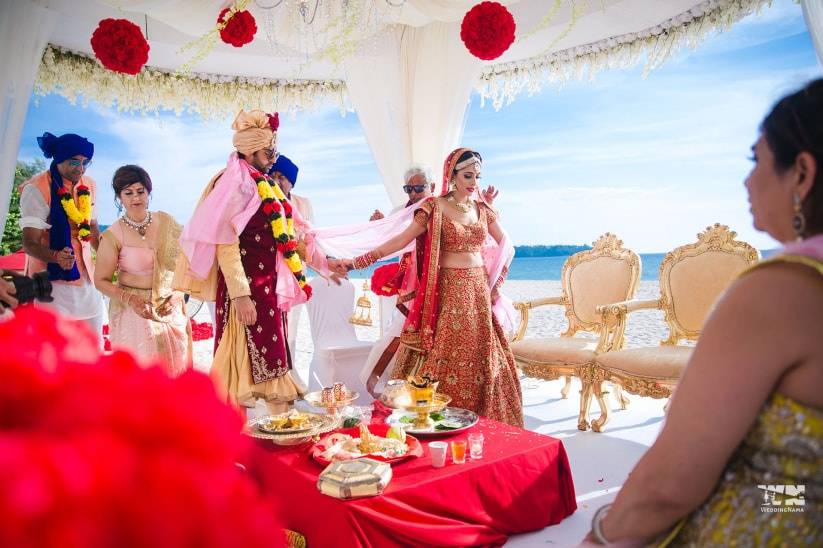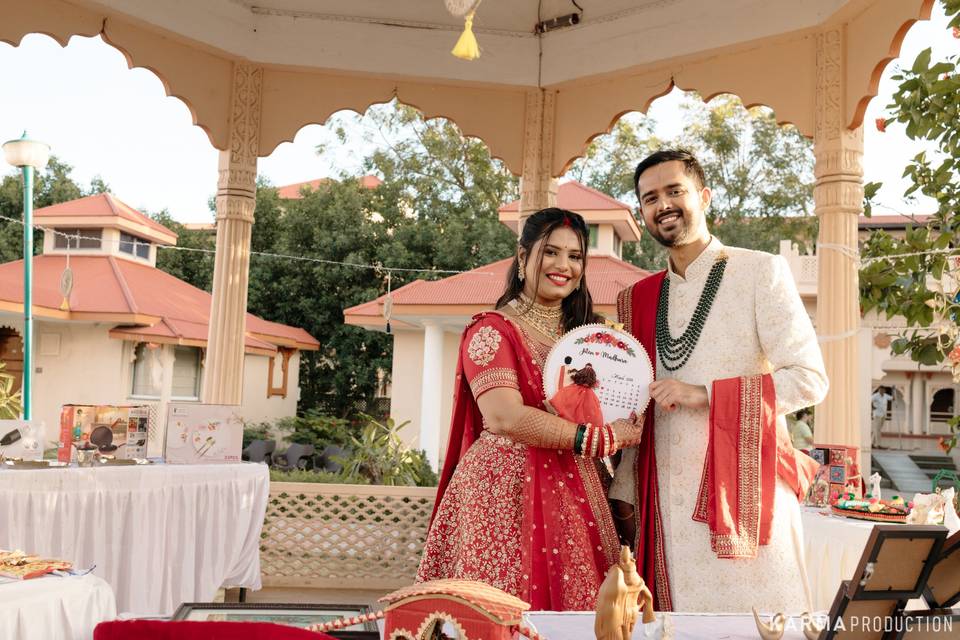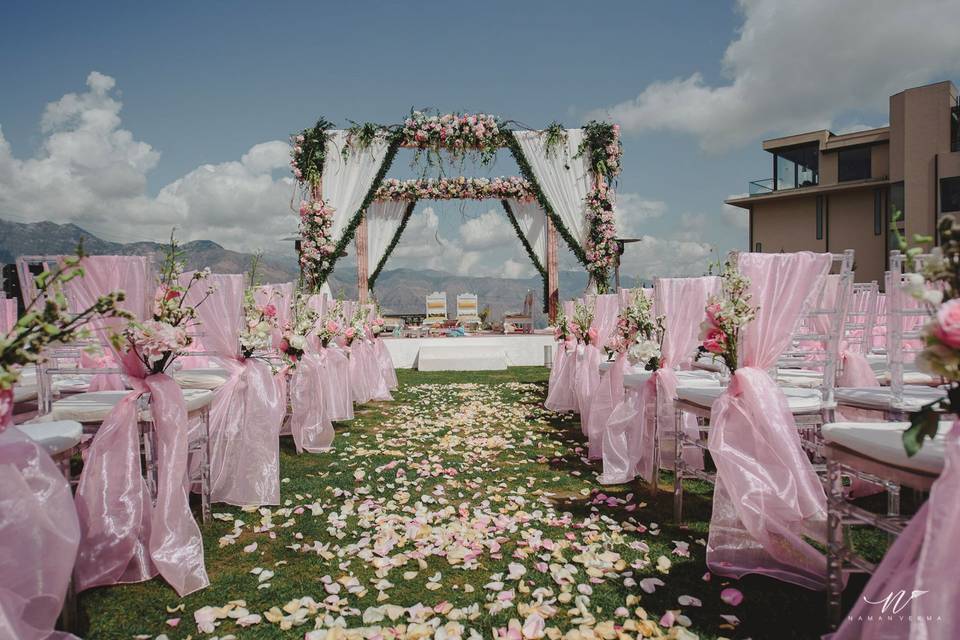What Sets Apart a Hindu Brahmin Wedding? All the Traditions and Pujas Explained
Dispel all notions of Bollywood dancing from your mind! Here’s what to expect from a Hindu Brahmin wedding!
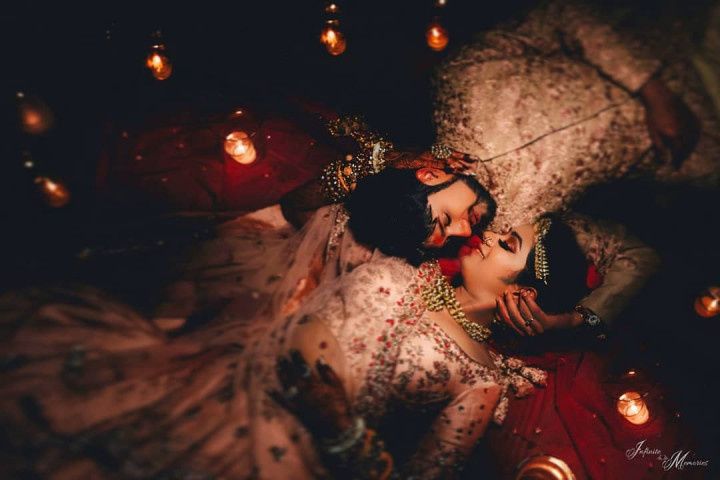
Unlike most Indian weddings with their larger-than-life celebrations and parties, Hindu Brahmin weddings are a little austere in comparison. Of course, that isn’t to say that their ceremonies lack joy or a sense of celebration. Hindu Brahmin weddings have a strong focus on the rituals of Hinduism, and pay greater attention to prayer and rituals, as opposed to the more relaxed Hindu weddings favoured by modern brides. If you are marrying into a Brahmin household, or are from one, here’s what you can expect from your wedding:
1. Beginning the rituals with the Siddhant Ceremony:

The Siddhant ceremony is one of the first main rituals that take place before the main matrimonial ceremony. During this, the Panjikar or the registrar approves the union of the bride and groom. The Panjikar also visits a priest before declaring his approval, as the family believes that God’s blessings must be sought out before any big step. The priest then accepts the idea of the wedding and chooses a wedding date from the Lunar Calendar or the Maithil Panchang. With this, the dates are set in stone and the families can begin inviting their guests and spreading the word.
2. Sealing the deal with the Nischaithambul Ceremony:
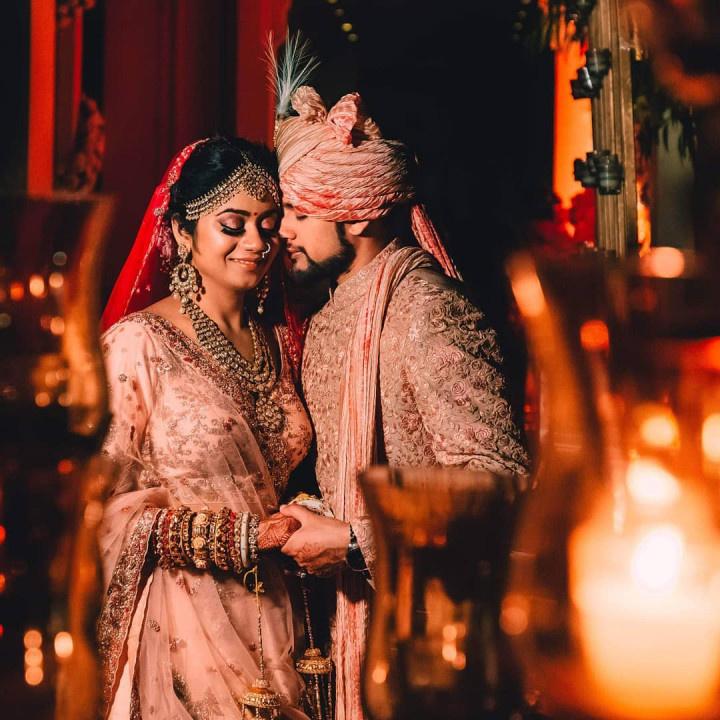
The Nischaithambul ceremony is akin to the Roka ceremony celebrated in other cultures. During this ceremony, the bride and groom exchange rings to solidify their vows to marry each other. The families are thus on the path of being joined together. Often, the Nischaithambul ceremony is held closely after the Siddhant ceremony. This is because most families prefer a slight gap between the engagement and the wedding. Of course, this notion depends on the family in question. Many Hindu Brahmin weddings are fixed and take place within a month of the engagement, while others happen within a span of a few months.
3. Thanking God with the Naandi Puja Ritual:
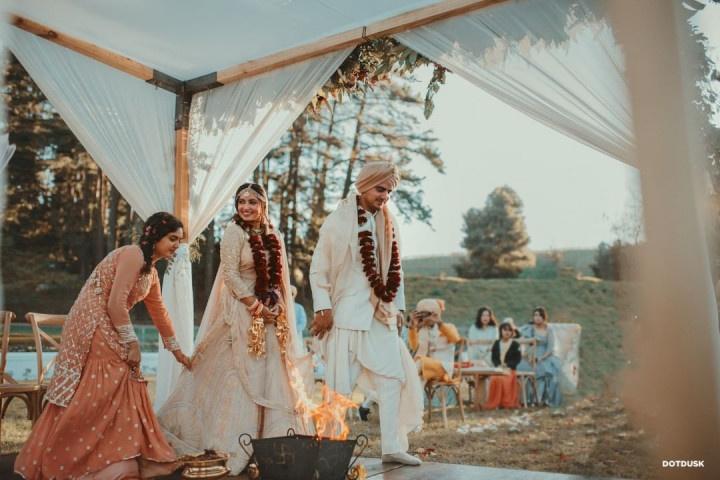
The Naandi Puja ritual takes place at least 10 days before the matrimonial ceremony. During this, families gather in their respective homes (or preferred temples) to pray to God and thank Him for His blessings. The families also pray for a happy union. This is a small ceremony and does not require any pomp and splendour. In fact, being overdressed for this ceremony is often frowned upon. Brides and grooms dress in simple Indian attire, and may or may not wear jewellery, depending on their family’s preferences.
4. Bonding with the in-laws during the Yedur Kesani Ceremony:
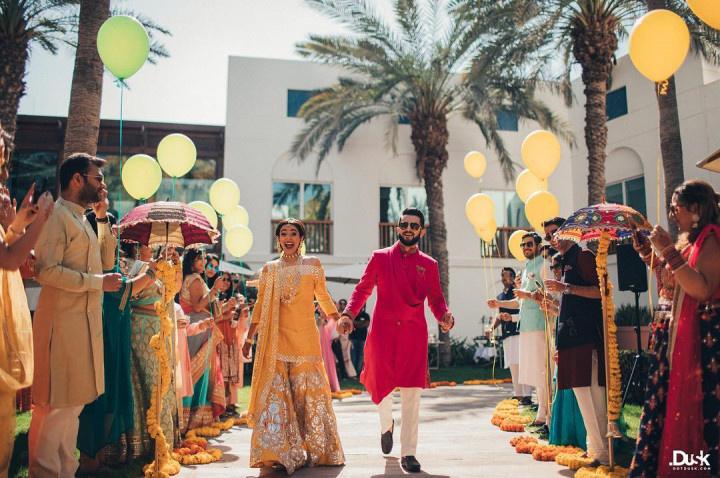
The Yedur Kesani ceremony is a quaint one, designed to help the women of the family bond. This ceremony stems from the idea that the women in the house need to get along. The women from both sides of the family gather together and celebrate the upcoming union. Hosted by the girl’s side, the groom’s family enjoys having roses sprinkled on them as they are welcomed into the home of their newest relative.
5. Ensuring prosperity with the Uradha-moorthu Ceremony:
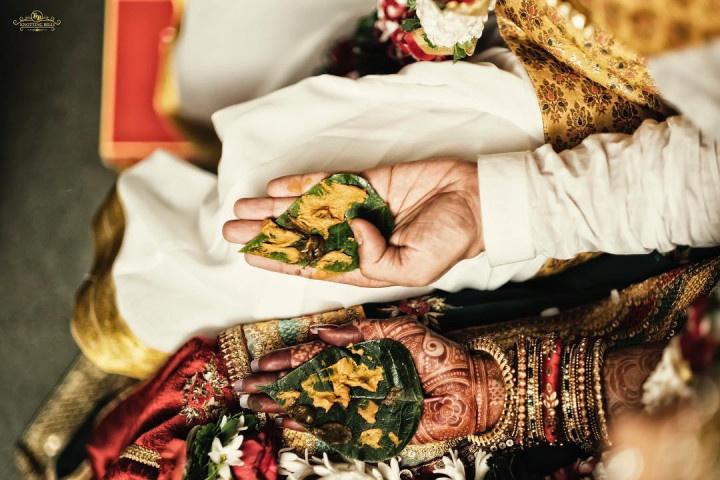
The Uradha-moorthu ceremony is one that helps the bride and groom bond. This is especially useful in an arranged marriage. During this ceremony, the bride and groom grind Moong Daal together with the help of their unmarried cousins. This ceremony is said to ensure that the couple enjoys a happy married life together.
6. Gearing up for the marriage with the Mehdi Ceremony:
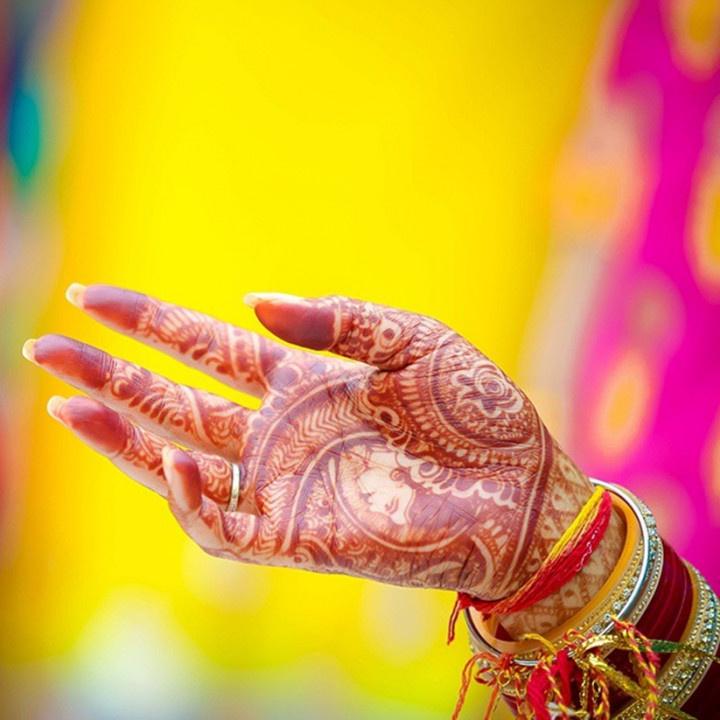
The Mehndi ceremony is one that is enjoyed by many cultures in India. During this function, families gather together and apply mehndi on their hands. Brides and cousins joyfully inspect the colour of the henna to ascertain whether the bride will be loved by her husband and mother in law.
7. Glowing up with the Haldi Ceremony:
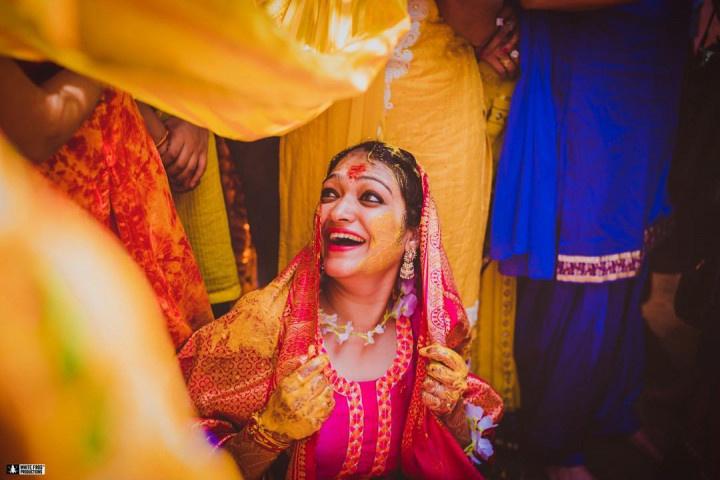
The Haldi ceremony is another one that is celebrated by almost everyone in India. Families apply turmeric paste onto the bride and groom (in their own homes) to ensure that their skin glows for the wedding.
8. Praying for Happiness during the Gauri Puja:
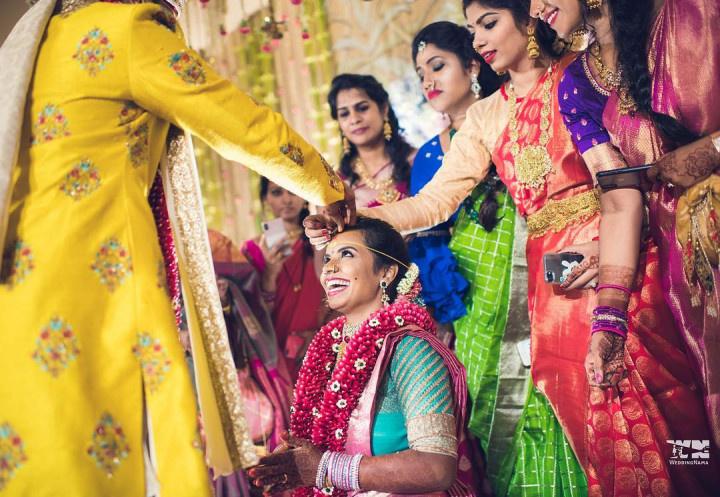
Gauri Puja takes place right before the matrimonial ceremony. During this ritual, the women of the family pray to the Goddess Gauri in order to ensure a happy married life. Once this prayer is over, the bride begins to get ready for the wedding itself.
9. Finally! The wedding:
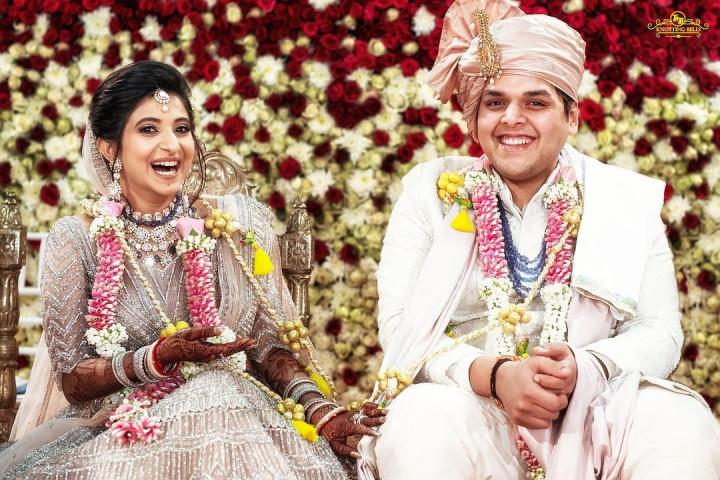
The wedding ceremony is like most other Hindu wedding ceremonies. The bride and groom sit on a marriage Pandal in front of a Havan Kund, while a priest chants many prayers to unite their souls. The couple must take seven Pheras around the fire at the auspicious time. With this ceremony, the two are considered married.
The Hindu Brahmin wedding is filled with a myriad of rituals, all aiming to bless the couple and pray for their happiness. What better way to begin a new chapter in life?
Plan the perfect wedding with our professional wedding planners and vendors!

